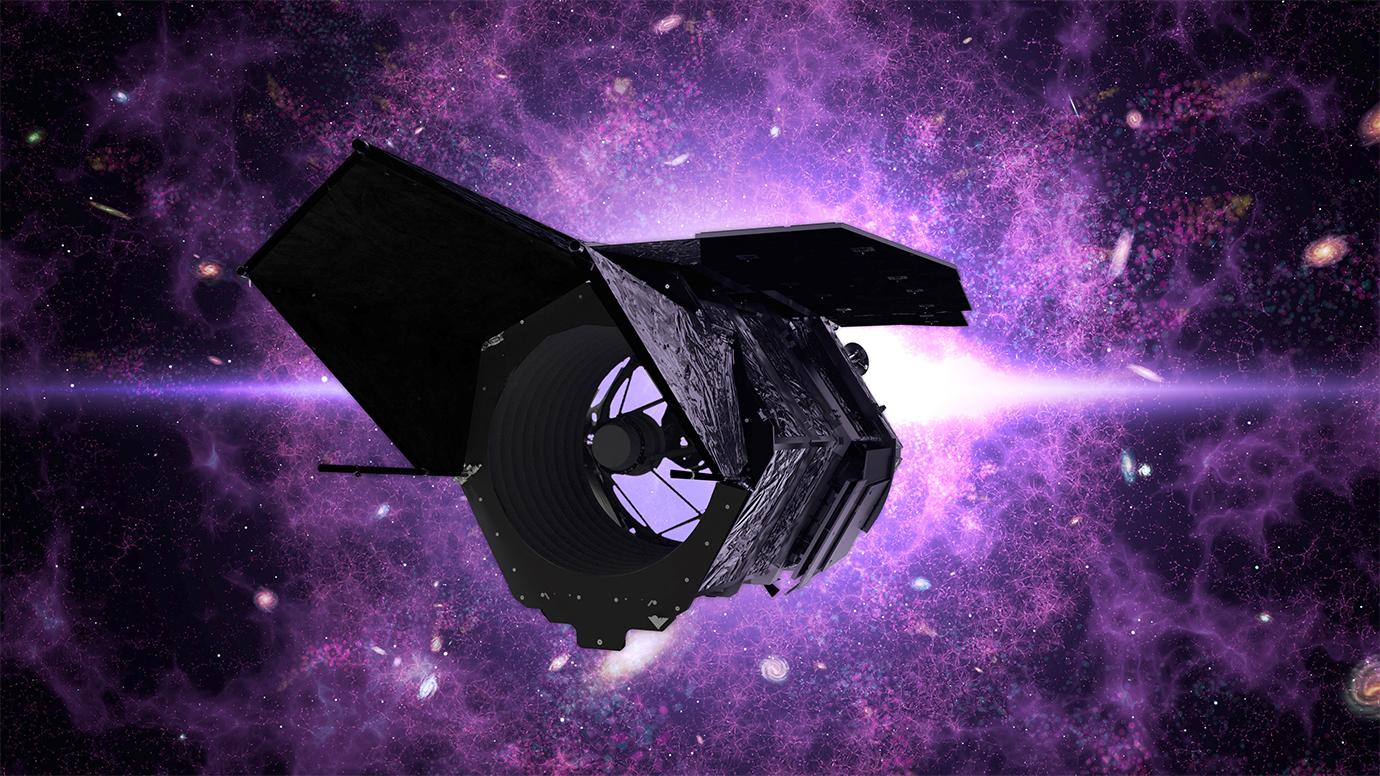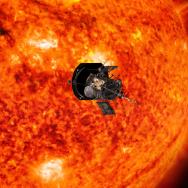NASA is naming its next-generation space telescope in honor of pioneer Nancy Grace Roman, a UChicago alum and NASA’s first chief astronomer.
Considered the “mother” of NASA’s Hubble Space Telescope, which launched 30 years ago, Roman, PhD’49, tirelessly advocated for new tools that would allow scientists to study the broader universe from space.
The newly named Nancy Grace Roman Space Telescope—or Roman Space Telescope, for short—is set to launch in the mid-2020s. It will investigate longstanding astronomical mysteries, such as dark energy and the search for distant planets beyond our solar system.
Roman becomes the sixth scientist affiliated with the University of Chicago to have an astronomy mission named after them (following the Hubble Space Telescope itself, the Fermi Gamma-ray Space Telescope, the Chandra X-ray Observatory, the Compton Gamma Ray Observatory, and most recently, the Parker Solar Probe).
Though she was the first woman in the Department of Astronomy & Astrophysics at UChicago, she left the university after determining she would not get tenure, and instead joined the Naval Research Laboratory and NASA.
“This is a wonderful day in astronomy. Every step that we take to acknowledge the brilliant minds that brought us where we are today is one that takes us closer to allowing everyone to fulfill their true potential in science, regardless of gender or ethnicity,” said Prof. Angela Olinto, dean of UChicago’s Physical Sciences Division and a fellow astronomer. “Nancy Grace Roman was a gifted scientist and an incredible leader for decades at NASA, and we are so proud to have been part of her journey, even if her genius was not fully appreciated at the time.”

Born in 1925 in Nashville, Tennessee, Roman was a gifted scientist—and loved the study of stars from an early age—but was repeatedly discouraged from pursuing the field. She persevered, earning a bachelor’s degree in astronomy from Swarthmore in 1946 and joining the University of Chicago for her Ph.D. At UChicago, she found more than 200 stars that had been born in the Ursa Major cluster of the Big Dipper.
After finishing her doctorate in 1949, Roman stayed on as a postdoc, instructor and then assistant professor—the first woman on UChicago’s astronomy faculty. During this period she studied differences in stars bright enough to see with the naked eye. She discovered that the stars’ compositions varied in relation to their velocities, directions, and, to some extent, location in the galaxy. Roman later said she was especially proud of that work because it was the beginning of an era of understanding the structure of the Milky Way.
Roman said later that she experienced discrimination as an assistant professor, including receiving unusually low pay. When it became clear to her that she wasn’t going to advance at the University, she left and took a position with the Naval Research Laboratory in Washington, D.C., to study radio astronomy, which became a springboard to a long NASA career.
She joined NASA in 1959, just six months after the agency had been established, serving as the chief of astronomy and relativity in the Office of Space Science. She was in charge of managing astronomy-related programs and grants.
“I knew that taking on this responsibility would mean that I could no longer do research, but the challenge of formulating a program from scratch that I believed would influence astronomy for decades to come was too great to resist,” she said in a NASA interview.
“Nancy Grace Roman was a gifted scientist and an incredible leader for decades at NASA, and we are so proud to have been part of her journey, even if her genius was not fully appreciated at the time.”
She oversaw the launch of multiple orbiting observatories, but she is most famously credited with making the Hubble Space Telescope a reality. In the mid-1960s, she set up a committee of astronomers and engineers to envision a telescope that could accomplish important scientific goals, and convinced NASA and Congress that it was a priority to launch the most powerful space telescope the world had ever seen.
Hubble turned out to be the most scientifically revolutionary space telescope of all time. From its perch circling the Earth, it has taken more than 1.3 million readings since its mission began in 1990. Astronomers using Hubble data have published more than 15,000 scientific papers, making it one of the most productive scientific instruments ever built. It has helped determine the age of the universe, the identity of quasars and the existence of dark energy.
Roman died in 2018 at the age of 93. Shortly before her death, the University of Chicago’s Department of Astronomy and Astrophysics named one of its new seminar rooms after her to recognize her outstanding scientific career, her extraordinary leadership at NASA and her decades of work as an advocate for inclusion in science. In her reply to the request to name the room after her, she said she was honored and included: “I hope that naming a room for a woman will encourage your female students. Astronomy needs more diversity."
NASA space missions named after UChicago scientists 1/12
More information: https://mag.uchicago.edu/science-medicine/wider-scope



















